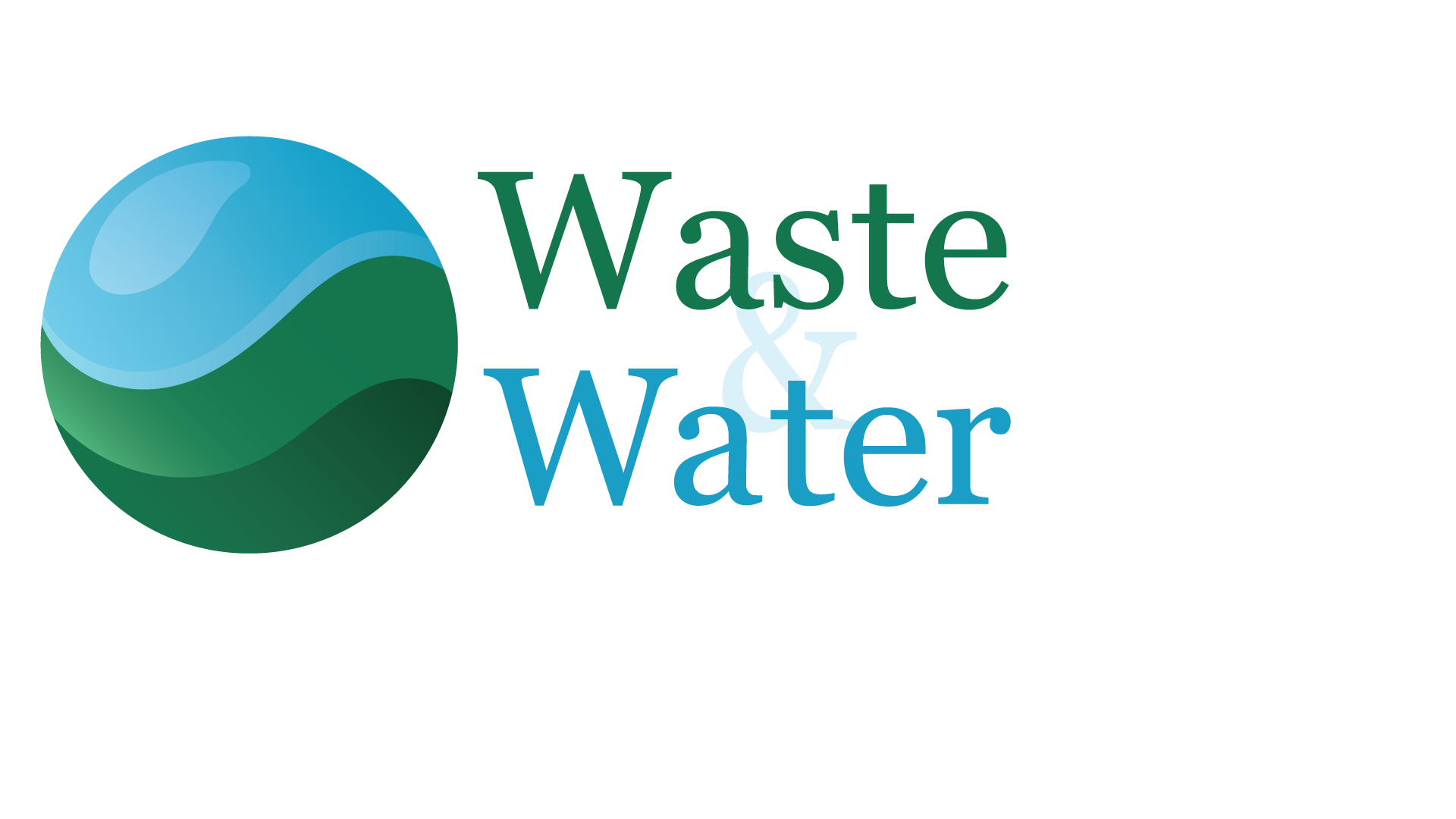Chlorination Systems – Secure Water Disinfection
What is a chlorination system?
Chlorination systems are used to disinfect water by automatically injecting a chlorine-based solution (such as sodium hypochlorite) into potable water networks, wastewater, or industrial water.
They ensure continuous and effective disinfection against:
- Bacteria (e.g. E. coli)
- Viruses
- Pathogens
These systems are essential in:
- Municipal and industrial wastewater treatment plants
- Potable water distribution networks
- Storage tanks and reservoirs
- Food and beverage industry
- Any process requiring bacteriological control
How a Chlorination System Works
A complete chlorination system includes:
- A chlorine solution storage tank (e.g. sodium hypochlorite or equivalent)
- One or more dosing pumps
- Sensors for free chlorine or redox (ORP) monitoring
- An automated control panel that adjusts dosing according to target values
The dosing rate is automatically regulated based on:
- Real-time flow rate
- Desired chlorine concentration (mg/L or ppm)
- Feedback from an analyzer or sensor
Benefits of Waste & Water Chlorination Systems
- Accurate and reliable disinfection
- Fully automatic control via PLC or dedicated regulator
- Compatible with sodium hypochlorite, chlorine dioxide, or gaseous chlorine
- Open- or closed-loop operation (with sensors)
- Anti-corrosion structure, suitable for oxidizing agents
- Enhanced safety: non-return valves, retention tanks, leak detectors
- Compact, pre-wired, plug-and-play designs
Standard & Custom Models
|
Model |
Injection Flow (L/h) |
Product Used |
Dosing Pump |
Tank Capacity (L) |
Control Unit |
|
WW-CHL/05/IS |
0.5–5 |
Sodium hypochlorite (12–15%) |
Stainless diaphragm |
100 |
Manual regulator |
|
WW-CHL/10/IS |
1–10 |
Hypochlorite, Chlorine Dioxide |
Peristaltic |
200 |
PLC + Redox |
|
WW-CHL/20/IS |
5–20 |
Hypochlorite, Gaseous Chlorine |
Dual-head |
300 |
PLC with free chlorine analyzer |
Available Options:
- Leak alarms
- Neutralization system
- Continuous chlorine analysis
- SCADA connectivity
Applications
- Disinfection of potable water at plant outlet
- Rechlorination at pumping stations or water towers
- Tertiary treatment in wastewater plants
- Industrial cooling water systems
- Retention basins (stormwater or industrial water)
Integration & Support
Our systems are delivered:
- Ready-to-use, mounted on stainless steel panels or skids
- With user manuals and wiring/hydraulic diagrams
- With on-site installation and commissioning options
We also provide:
- Annual maintenance contracts
- On-site chlorine testing
- Responsive technical support in France and internationally
FAQ – Chlorination Systems
💬 What types of chlorine can be injected?
Our systems are compatible with:
- Sodium hypochlorite (most common)
- Chlorine dioxide
- Gaseous chlorine (upon request with enhanced safety measures)
💬 Can the chlorine level be adjusted automatically?
Yes. Using our automatic regulators or PLCs, the dosing pump adjusts injection based on:
- Flow rate (via 4–20 mA signal)
- Sensor readings (free chlorine or redox)
💬 Does chlorination affect water taste or odor?
At the right concentration (0.2–0.5 mg/L), residual free chlorine ensures safe disinfection without affecting taste or odor.
💬 Can the system operate 24/7?
Absolutely. All models are designed for continuous operation, with alarms for failure, interruption, or overdosing.
💬 Do you also supply the chemical reagents?
Yes, we can also provide:
- Stabilized hypochlorite
- Neutralizing agents (e.g. sodium thiosulfate)
- Associated safety equipment (retention tanks, leak detection systems)


 HellasSITES
HellasSITES